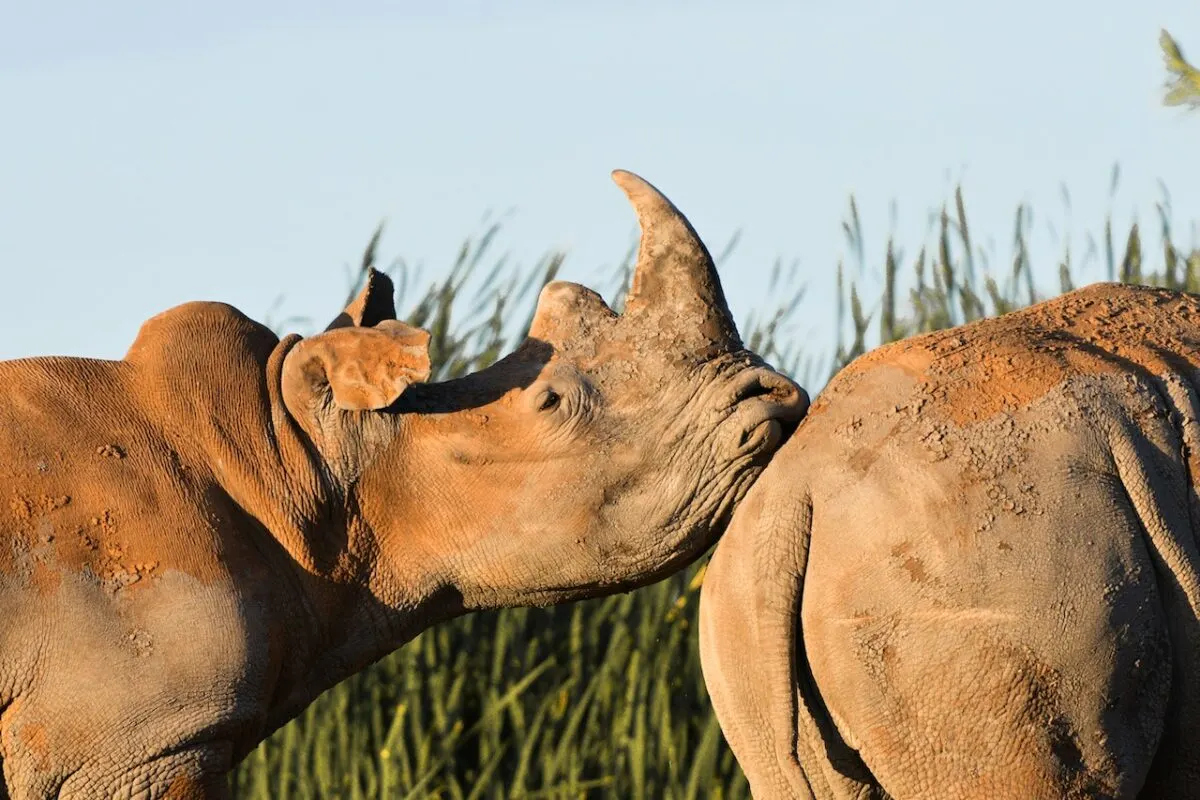The rhino horn crisis has emerged as one of the most pressing challenges facing conservationists and wildlife advocates worldwide. In the sweeping landscapes of Africa and Asia, a tragic battle for survival is being fought. Driven by an insatiable demand for rhino horns, this illicit trade threatens to extinguish these majestic creatures. This article delves deep into the heart of the rhino horn crisis. We shall explore its causes and the devastating impacts on rhino populations. Furthermore, we shall dive into the ongoing conservation efforts and the urgent need for global action.
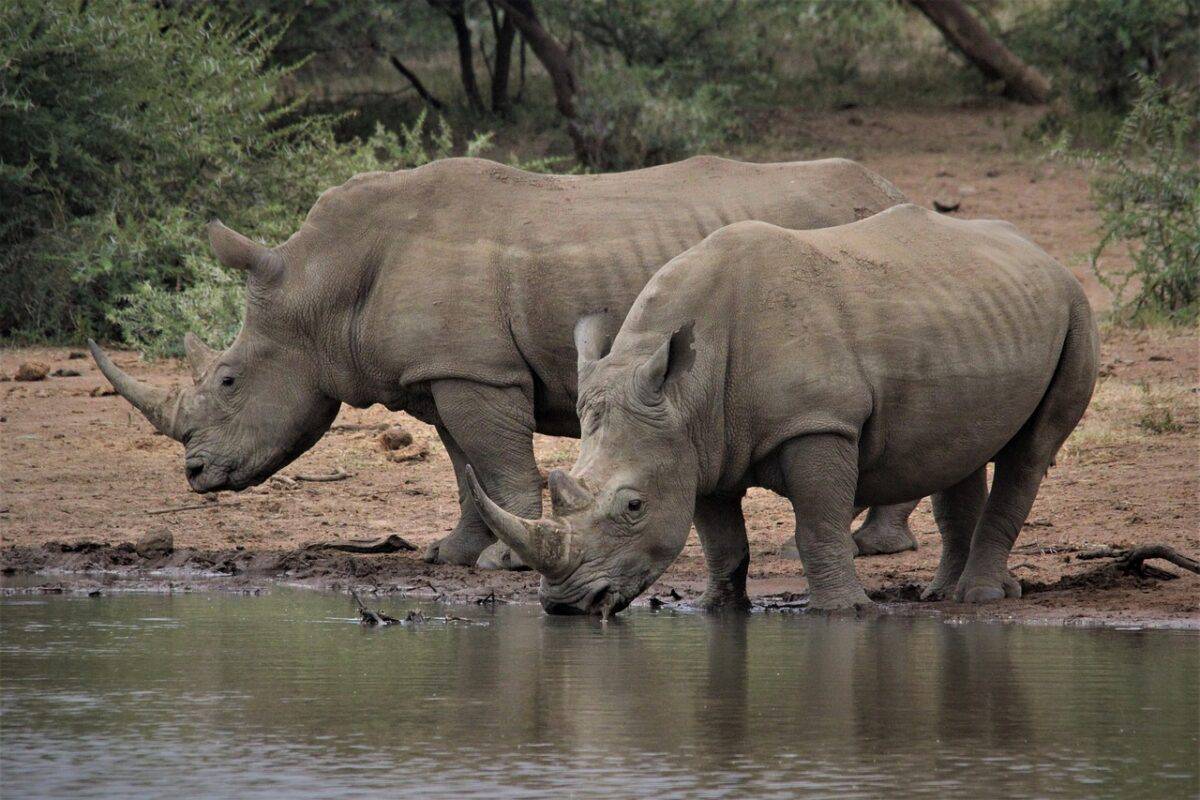
Key Points
| Firstly, the demand is driven by traditional beliefs and misconceptions regarding rhino horns’ medicinal properties and cultural significance. |
| Rhinos face the brink of extinction due to the surge in poaching driven by the demand for their horns, leading to devastating population declines. |
| Conservation efforts and anti-poaching initiatives – Dedicated individuals and organizations employ multi-faceted approaches, including anti-poaching measures, community engagement, and habitat preservation, to protect rhinos. |
| Lastly, collaborative efforts, strengthened legislation, enhanced law enforcement, and cross-border information sharing are vital to disrupt the intricate illegal rhino horn trade networks. |
Want to jump ahead? Click below
The Root Causes of the Rhino Horn Crisis
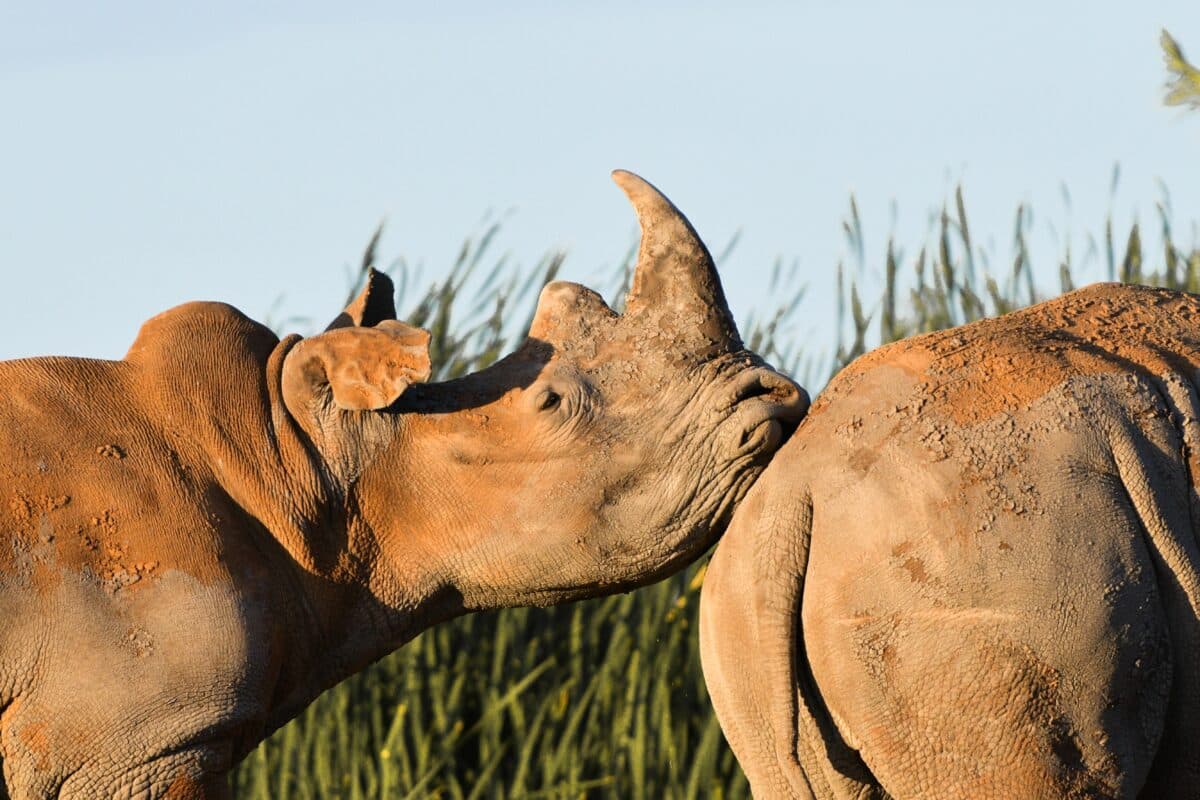
The rhino horn crisis is fueled by a deep-rooted belief in its medicinal properties. Additionally, the cultural significance of rhino horns in certain regions. Despite lacking scientific evidence, traditional beliefs and misconceptions have driven an illicit market. Furthermore, it fetches exorbitant prices for these coveted horns. Addressing the underlying cultural and economic factors driving this demand is crucial to combatting the crisis.
The Plight of the Rhinos: Impacts on Rhino Populations
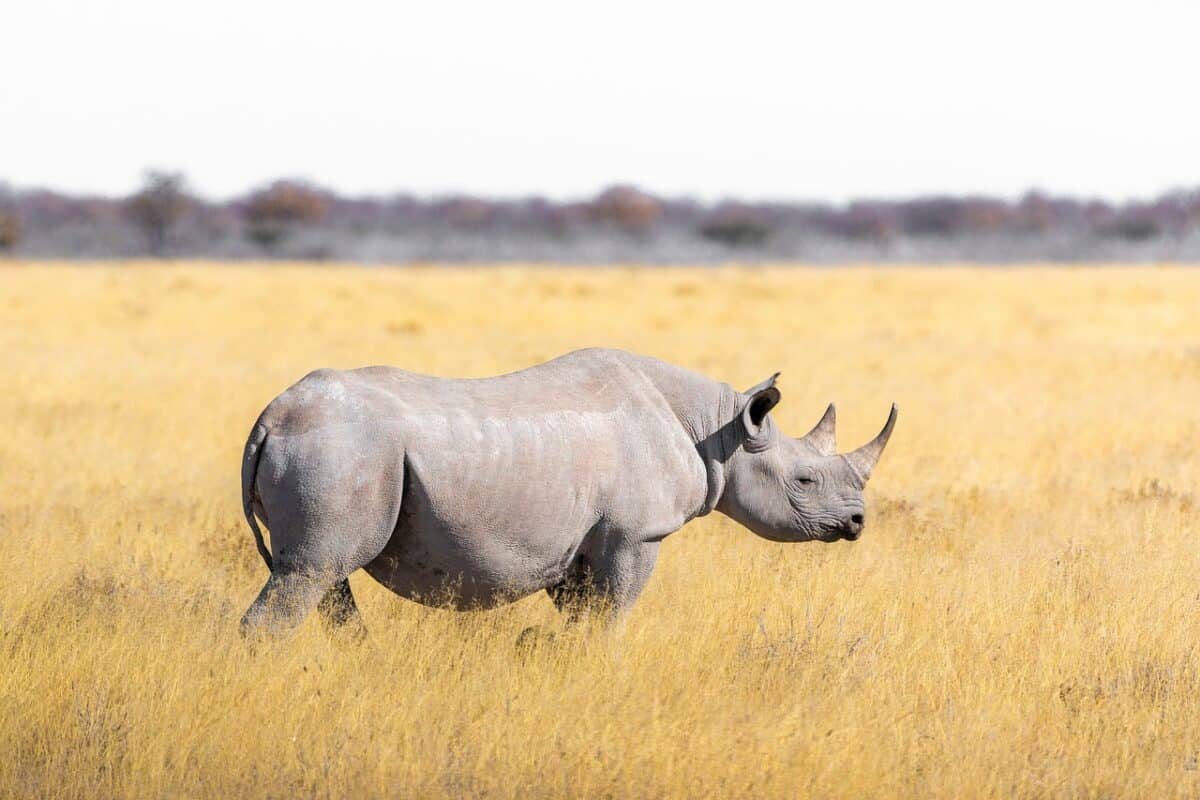
Rhinos were once abundant across Africa and Asia. Evidently, they now face the brink of extinction due to the relentless pursuit of their horns. The demand for rhino horns has led to a surge in poaching, resulting in countless rhinos’ cruel and tragic deaths. With their populations dwindling at an alarming rate, urgent intervention is required. Additionally, this is to prevent irreversible loss and preserve these iconic species for future generations.
Conservation Efforts and Anti-Poaching Initiatives
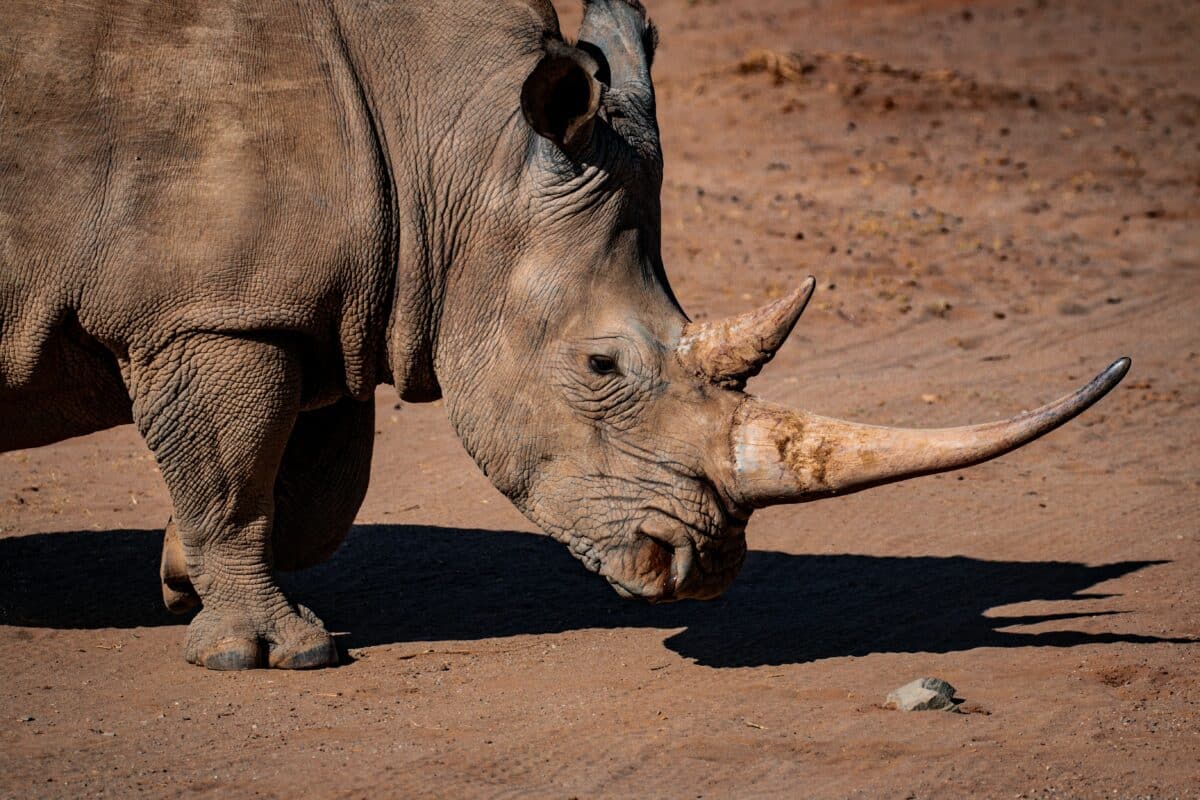
Across the globe, dedicated individuals and organizations are working tirelessly to protect rhinos from poaching and habitat destruction. Conservation efforts employ a multi-faceted approach combining anti-poaching measures, community engagement, and habitat preservation. The deployment of cutting-edge technology, such as drones and DNA profiling, has revolutionized anti-poaching strategies. Furthermore, providing hope for the survival of rhinos.
Fighting the Rhino Horn Trade Networks
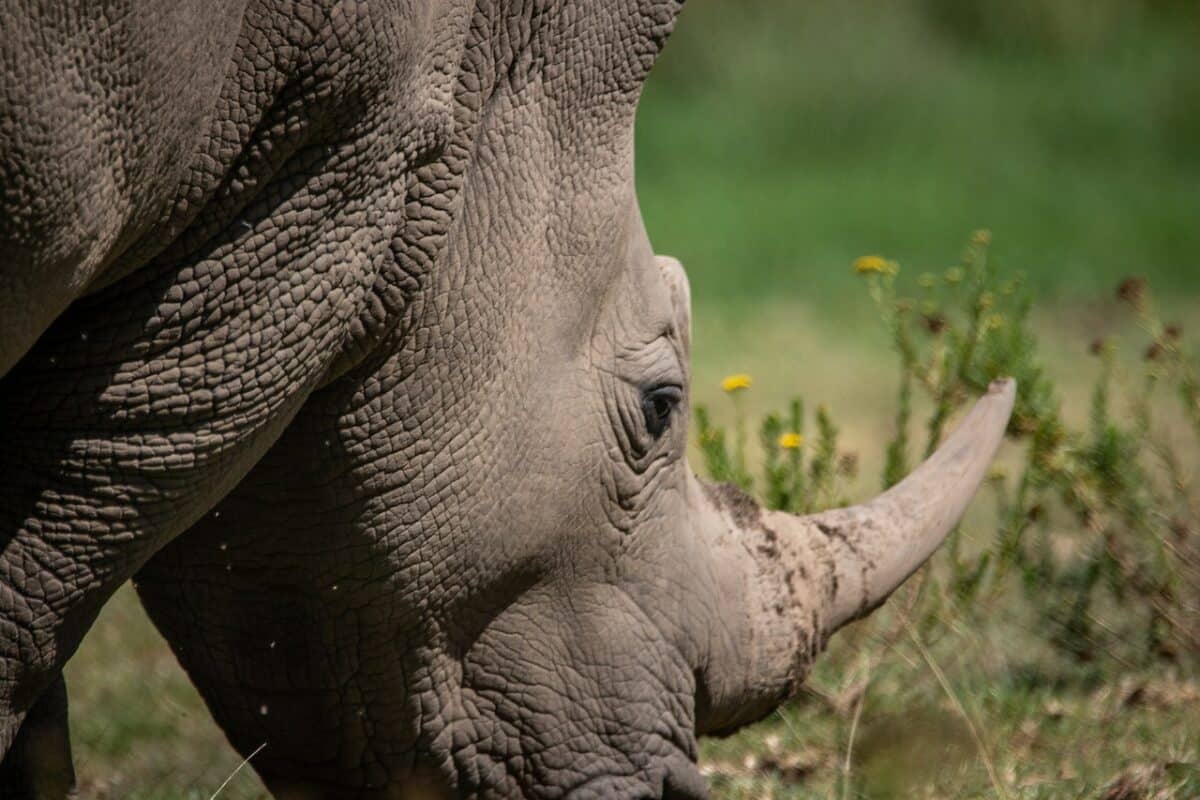
The battle against the rhino horn crisis transcends national borders. International collaboration and cooperation are paramount to disrupting the intricate networks involved in the illegal rhino horn trade. Efforts to strengthen legislation, enhance law enforcement capabilities, and promote cross-border information sharing are crucial steps. We are in the process of dismantling these criminal networks and reducing demand.
Dehorning the Rhinos
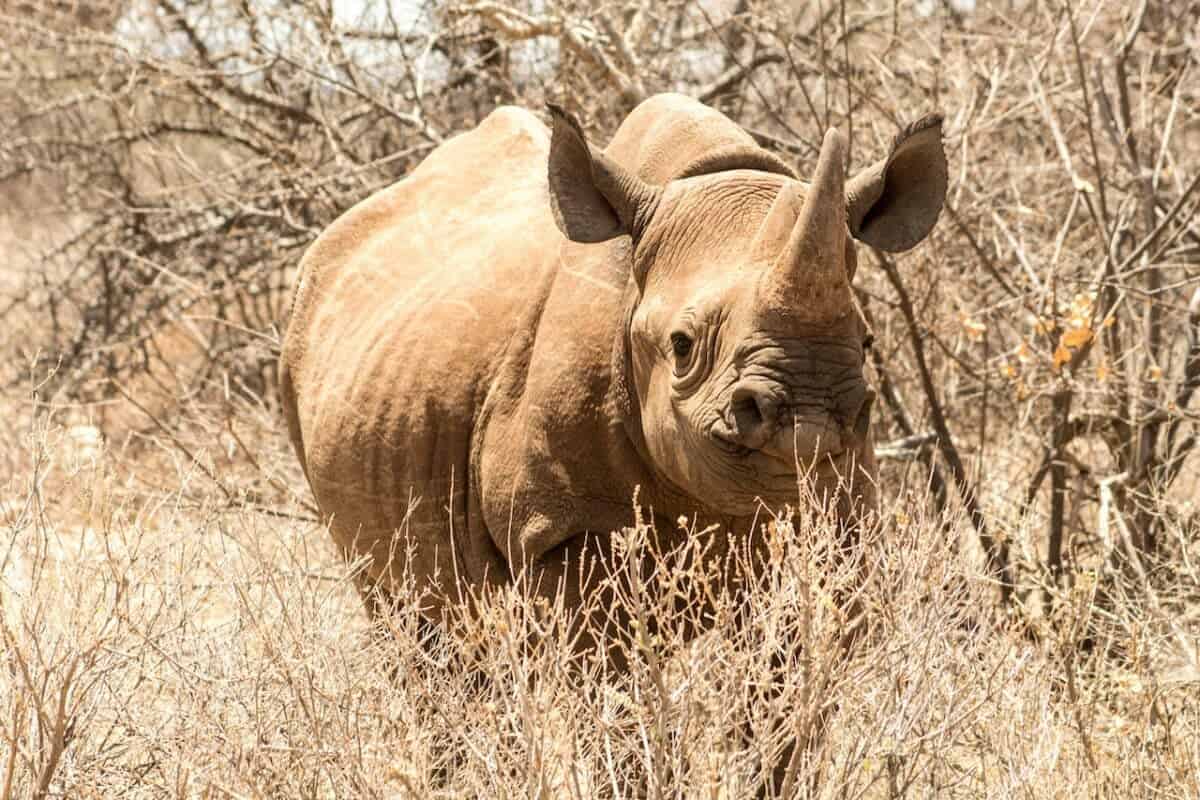
The primary objective of dehorning is to eliminate the economic incentive for poachers. By removing the horns, rhinos become less desirable targets, deterring poachers from targeting them. The idea is to disrupt the illegal trade network by reducing the market value of rhino horns. Dehorning significantly decreases the risk of poaching, safeguarding the lives of individual rhinos and contributing to the conservation of the species as a whole.
The Procedure
Dehorning is a delicate procedure that requires specialized skills and experience. Trained wildlife veterinarians typically conduct it in a safe and controlled environment. The process begins with tranquilizing the rhino to ensure its comfort and minimize stress. The horns are then carefully and precisely removed using specialized tools. Great care is taken to minimize any potential pain or distress to the rhino during the procedure.
Controversy
Firstly, critics argue that dehorning compromises rhinos’ natural beauty and behavior, raising concerns about their welfare. However, the welfare of the rhinos is a primary consideration in the dehorning process. Furthermore, it is crucial to balance the welfare of individual rhinos with the larger goal of species conservation. Properly executed dehorning procedures are designed to minimize any adverse impacts on the rhinos’ well-being.
Dehorning is a complex and controversial issue, with differing opinions among conservationists, experts, and local communities. It is not a universal solution applicable in all situations. Each dehorning effort should be tailored to the specific circumstances and conservation goals. Robust monitoring and research are essential to assess the effectiveness of dehorning programs and adapt approaches based on scientific evidence and practical experiences.
FAQs
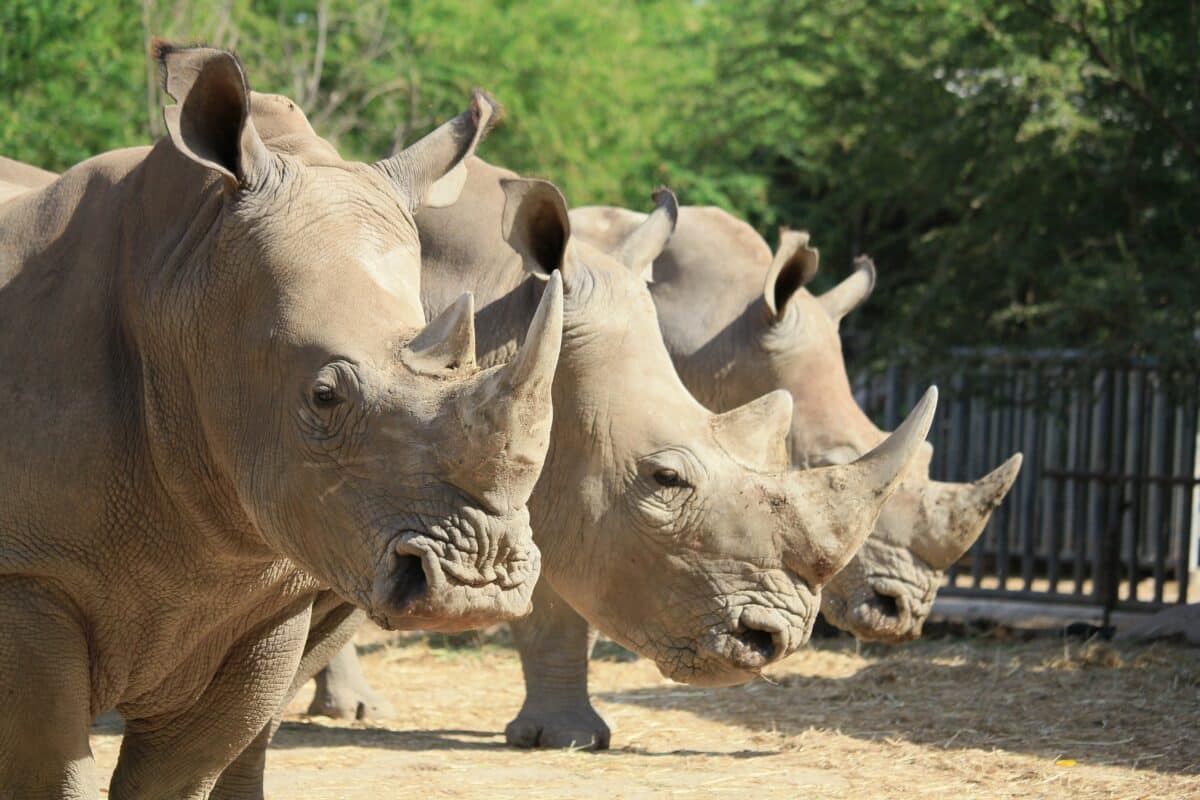
Firstly, the problem with rhino horns lies in the immense demand for them, which is driven by traditional beliefs and misconceptions. Many cultures ascribe medicinal properties and cultural significance to rhino horns, leading to a lucrative illegal market. This demand fuels poaching and smuggling, causing significant harm to rhino populations.
People cut off rhino horns primarily to profit from their high market value. Poachers and traffickers aim to sell them on the black market, where they can fetch exorbitant prices. The desire for financial gain motivates these illegal activities, putting rhinos at grave risk.
Rhinos can survive without their horns. Unlike antlers, which are shed and regrown, rhino horns are composed of keratin. It is the same material as human hair and nails. Removing the horn does not cause immediate harm to the rhino. However, it leaves them vulnerable to predators and can impact their social interactions, such as defense and mating rituals.
The dehorning process is typically done under sedation by trained professionals to minimize any potential pain or distress for the rhino. Although rhinos have nerve endings in their horns, the removal process is performed carefully to avoid causing harm or unnecessary suffering. The focus is on ensuring the safety and well-being of the rhinos during dehorning procedures.
Wrapping Up with the Rhino Horn Crisis
Evidently, the rhino horn crisis is an urgent call to action, demanding global attention and concerted efforts to protect these magnificent creatures from extinction. Furthermore, addressing the root causes of the demand, safeguarding rhino populations through conservation and anti-poaching initiatives, and fostering international collaboration are critical steps in battling this devastating trade. The survival of rhinos depends on our collective will to protect and preserve their habitats, educate communities, and advocate for stronger legislation. Let us stand together in the fight against the rhino horn crisis, ensuring a future where rhinos can thrive in harmony with our natural world.
Next up:
- Bald Eagle Family Expand Their Nest In California - April 24, 2024
- Firefighter Saves Abandoned Kittens Found Cuddling In Hoses - April 24, 2024
- Dolphins Get High Playing Catch With A Pufferfish - April 24, 2024

